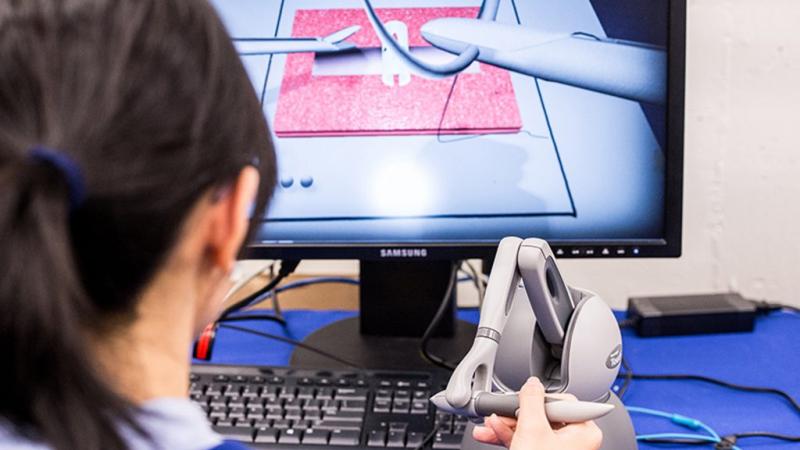February 20, 2019


An innovative
interactive medical simulation toolkit (iMSTK), created by a team of
researchers from Rensselaer Polytechnic Institute, Kitware Inc., and University
of Central Arkansas, makes it possible for surgeons, interventional
endoscopists, and other clinicians to virtually hone their skills, plan new
procedures, and develop novel medical devices and platforms. The potential
life-saving benefits of this additional training are significant and have newly
become easier to realize.
The iMSTK, which
includes training scenarios such as creating
an emergency airway, removing
gastrointestinal tumors using an advanced endoscopy procedure, and others, is now
available to the public at no cost.
“At the core we believe
that we have a new technology which needs to be out there,” said Suvranu De, director
of the Rensselaer Center for Modeling, Simulation, and Imaging in Medicine, who
led the Rensselaer team.
De and his team worked
with Kitware, a company focused on providing open source software, to get the
iMSTK out to the public. The toolkit, De said, is essentially a framework that
can be used to create highly realistic medical simulation environments that are
interactive. While the use of this software toolkit, to develop real-time applications,
will still require computer expertise, the iMSTK significantly decreases the
amount of time needed to get it up and running.
This groundbreaking
development was made possible, De said, by millions of dollars in support from the
National Institutes of Health over more than a decade and a half. He said that
seeing the iMSTK from conception to product is a story of success, and
academic-industry partnership, within a larger effort toward improving patient
safety.
“We were one of the
original grantees of the National Institute of Biomedical Imaging and Bioengineering.
That was more than 15 years ago and they were one of the first agencies to
strongly support our work,” De said. “They look at this as a full translation,
something that they invested money in that is going back to the public through
a company.”